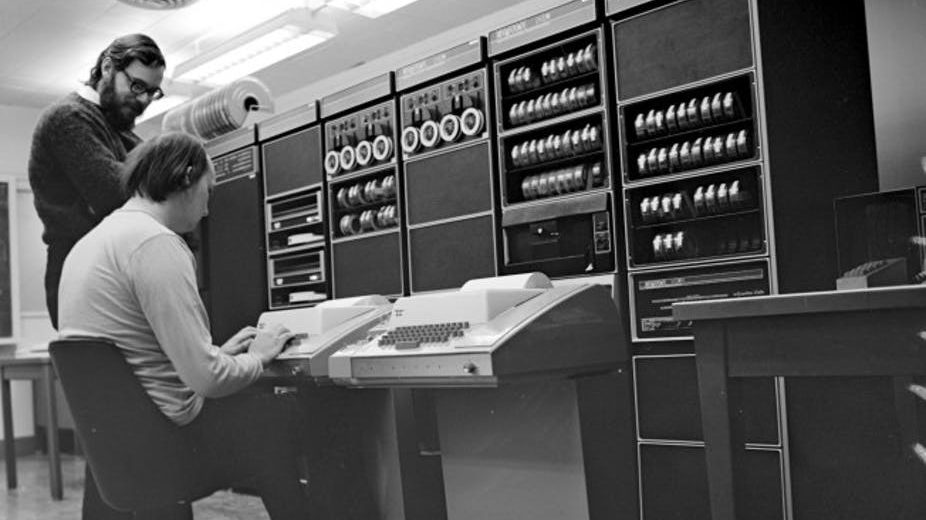Today is the birthday of Internet: October 29, 1967 the first connection between the nodes of the Universities of Los Angeles and Stanford
Fifty years is an important milestone. A birthday that deserves to be celebrated especially for those who, in just half a century of life, has revolutionized in an epoch-making way the way of communicating, shopping and living of billions of people. Just today, fifty years ago, the Internet was born. Or rather: on 29 October 1969 the first connection between computers was made via the Arpanet network, the first “embryo” of the Internet. Arpanet – an acronym for Advanced Research Projects Agency Network – was a ‘packet switching’ network designed by DARPA (Defence Advanced Research Projetcs Agency) to connect computer centres and terminals of universities, research laboratories and military bodies. The idea was to create a distributed network of computers to avoid travel and optimize the work of the Agency’s employees. To be able to connect computers, DARPA used the Interface Message Processors (IMP) designed by engineer Wes Clark. Like today’s routers, these devices were able to route traffic between the network nodes without overloading the mainframes used for the calculations. In this way, the IMPs connected computers to each other and made it possible to transmit data by packet switching theorized by Leonard Kleinrock, Paul Baran and Donald Davies.
Internet’s Birthday: 50 years ago the first connection
Once the necessary technologies for data transmission had been implemented, DARPA’s engineers set to work to create the first computer network. The rules of communication between host and IMP were established thanks to an RFC (Request for comments) developed by Stephen Crocker and in the autumn the tests started. On October 29, 1969, the computers of UCLA Los Angeles and Stanford Research Institute Palo Alto were connected and, for the first time in history, exchanged data through an intangible infrastructure. The first connection was actually a halfway success. The word to be transmitted, Login, came in fact only in two letters “LO”. This result was however sufficient to demonstrate that the adopted protocol was correct and the connection possible. The tests continued very quickly and, between October and December, the UCSB of Santa Barbara and the University of Utah also connected their computers to the Arpanet network. In the following months, Vinton Cerf and Bob Kahn solved the problem of information loss with the Transfer Control Protocol/Internet Protocol: the IP “tells” where to go to the data while TCP “regulates” the behavior of the computers that communicate with each other. It was Bob Khan himself, in 1973, who first used the term “Internet” (with a capital “I”) to designate networks capable of exchanging data using the Tcp/Ip protocol. Since then, the Internet network has grown exponentially and in 2019 reached 4 billion people: happy birthday internet!
